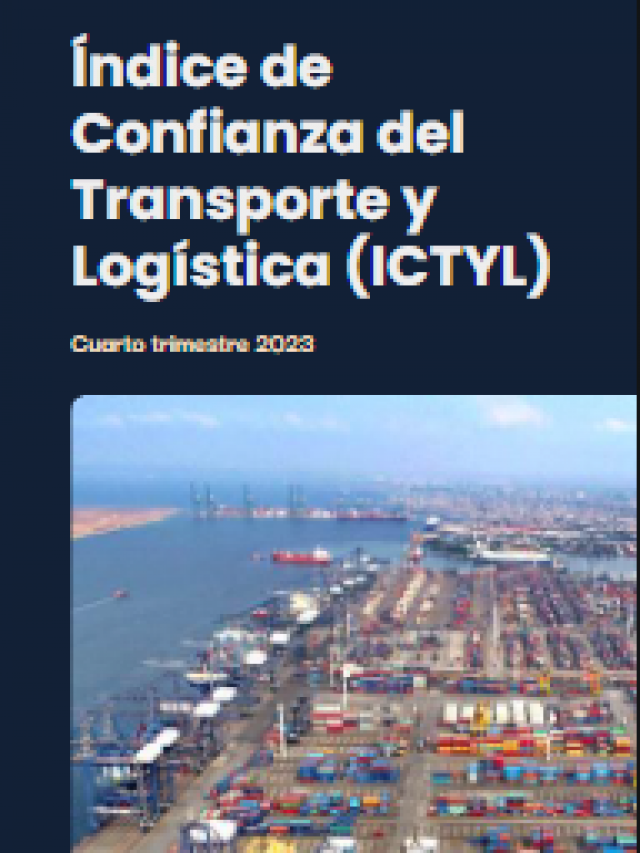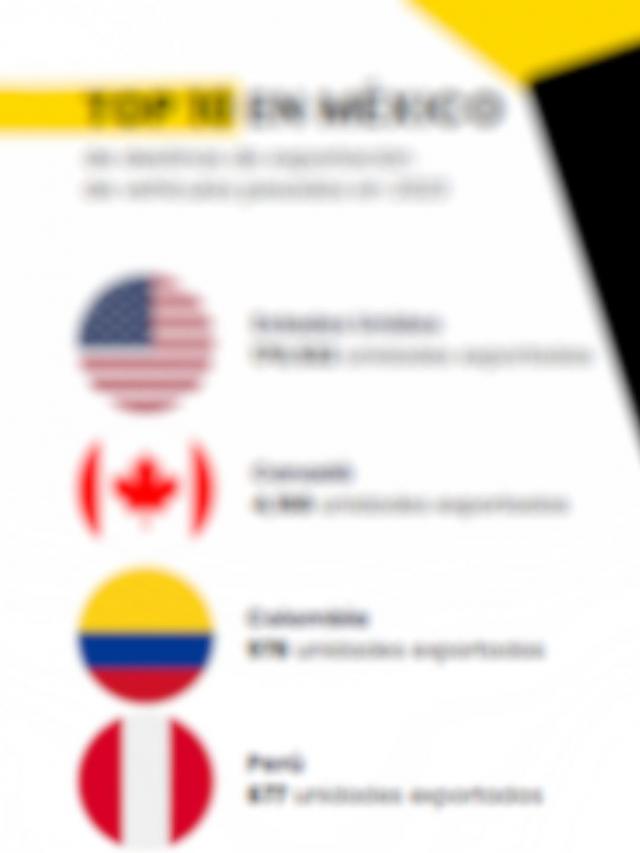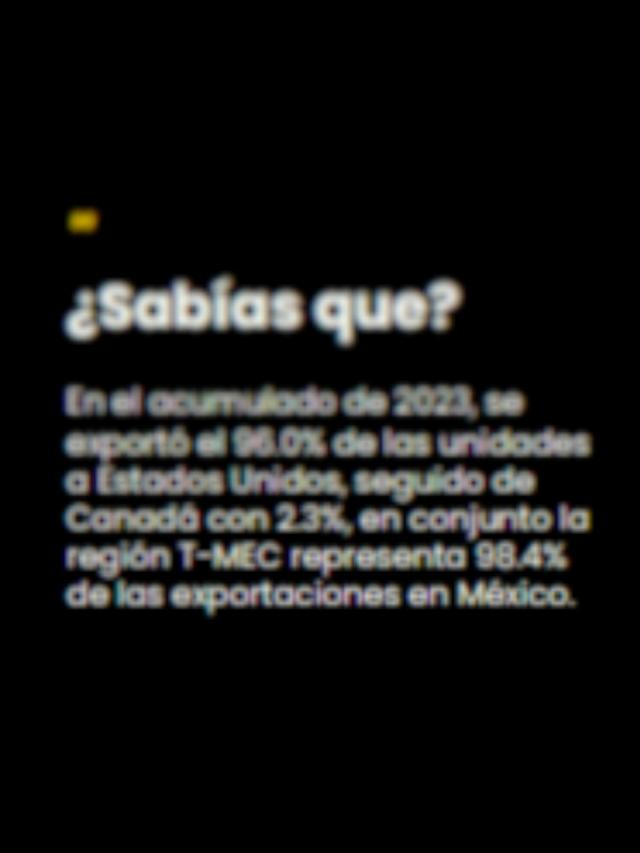
TIJUANA, BC.- Borders are no longer crossed with paper, but with data. At a time when logistics has ceased to be solely physical movement and has become connected intelligence, the “Connecting Borders” panel at ETYL CALI-BAJA brought together customs sector specialists, 3PL operators, and transportation leaders to analyze the breaking point facing the supply chain.
Israel Delgado, regional vice president of the National Chamber of Cargo Transportation (Canacar) , was emphatic in describing the current situation of the trucking industry, where safety, operator shortages, and overregulation are constant.
“Today, 40 trucks are stolen every day in Mexico. They’re not just robbed anymore; they’re shot at, they’re threatened with guns. The operator no longer wants to risk his life,” he explained.
Delgado also warned that 86% of the national market is in the hands of micro-enterprises operating with vehicles between 18 and 20 years old.
“When a business owner has one, two, or three vehicles, their priority is to keep the customer from getting angry and the driver from dumping the load. Everything else takes a backseat,” Delgado said.
During the panel, experts noted that freight transportation , considered a true reflection of economic growth, is beginning to show signs of slowing along the California-Baja California border. Although this region accounts for a daily trade flow of nearly $440 million , freight volume has decreased by 25 to 30% in recent months.
They commented that this is a temporary decline, attributed to temporary factors. The speakers warned that it is time to strengthen customs and logistics capacity to be prepared when activity picks up again.
From an institutional perspective, Claudia Ávila, Director General of Customs Services and International Affairs at Mexico’s National Customs Agency (ANAM) , stated that customs can no longer operate under traditional schemes.
“It’s no longer just about moving goods, but about anticipating risks, building technological interoperability, and ensuring real-time traceability,” Ávila emphasized.
He highlighted that only 7% of the world’s customs have reached the highest level of technological integration, according to data from the World Customs Organization .
The specialist explained that Mexico has 50 main customs offices and 271 points of contact , including checkpoints, sectional offices, and inspection points.
“We can no longer view customs as mere tax collectors, but as strategic nodes of national competitiveness. Every module, every scanner, is part of a system that impacts foreign investment,” Ávila stated.
For his part, Carlos Ceballos, president of SDL Group , offered an overview of the silent but profound change that the logistics sector is undergoing.
“Today, logistics companies are becoming technology companies. The main component of consumer products is no longer manufacturing, but the cost of moving the goods,” he explained.
For Ceballos, logistics is no longer limited to moving goods. He explained that logistics costs can represent between 30 and 35% of a product’s final price.
In this context, the real challenge for companies is not just transportation, but also having sufficiently versatile systems that can connect with their clients’ ERP software, access customs portals, and quickly adapt to changes.
One of the points that generated the greatest consensus among specialists was the impact that decisions made abroad have on the direction of national logistics . They warned that, as long as value generation and strategic decision-making are not carried out in Mexico, the country will continue to be subject to decisions made in distant offices, whether in Texas, Belgium, or Hamburg.
Hence the urgency of forming national companies with the real capacity to decide their export routes and act as key players within their own supply chains, the speakers explained.
During the panel, education was highlighted as a key factor for long-term logistics development. As an analogy, the panelists recalled the case of South Korea, which four decades ago was not among the major global players and today leads strategic sectors thanks to a determined commitment to training.
The conclusion was resounding: regional integration is irreversible, but geographic proximity alone isn’t enough. True competitiveness will come from an efficient, secure supply chain supported by technology, public-private partnerships, and skilled talent.
Comment and follow us on X: X: @karinaquintero / Sent / @GrupoT21















